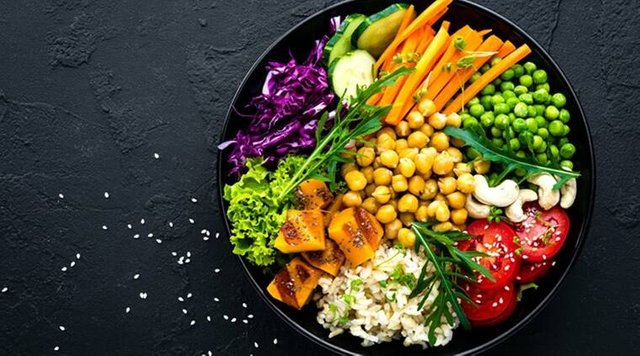5 Eating Habits You Should Know from the World's Longest Living People

5 Eating Habits You Should Know from the World's Longest Living People.There is an expansiveness of information at present accessible about sustenance and wellbeing. However, we can all settle on one extremely central truth: what you put in your body matters. In the wake of pouring through an assortment of studies and articles and assessments, that undoubtedly is quite obvious. Food is medication, and similarly, as with any medication, it can control your body to do unimaginable things.For a model, food might assist you with living to be 100 years of age. Starting around 2021, north of 70,000 Americans have recommended their 100th birthday celebration — and as it ends up, what they eat matters more than nearly anything else. The Blue Zone project has done investigation into exactly the way that centenarians make it happen, zeroing in on five "blue zone" networks where individuals have the most mind-blowing life span on the planet. From the Nicoya Peninsula in Costa Rica to Okinawa, Japan, individuals on these networks all offer an assortment of ways of behaving that increase their life expectancy. Local area, mentality, and development are significant. Yet, there is no counterpart for the force of the food they sustain themselves with. We dove in profound and gathered together the main five dietary patterns that centenarians share.

1.They notice the 80% rule.
We'vee known about the 80% kitchen, 20% exercise center rule previously, however. However, this is an alternate 80% rule — one that goes back 2-500 years. Clearly, it is attached to a Confucian mantra that is classified "hara hachi bu" in Okinawa, and it is a suggestion to quit eating when you feel like you are 80% full. As the Blue Zone project puts it, "the 20% hole between not being eager and feeling full could be the contrast between getting thinner or acquiring it.".

2.They eat less as the day goes on. Contingent upon your eating hours, irregular fasting might be a form of this strategy. The thought here is that as it gets later in the day, the human body ought to consume fewer calories. In the Blue Zones, individuals will quite often eat their littlest supper last — and not extremely late around evening time — and afterward don't eat until the end of the day. Incredible news for those of us who like huge morning meals!

3.They are burdened with beans.
Beanss, beans, the mysterious organic product. Clearly, their wizardry expands as far as possible into the future — a bean-rich eating regimen is the center of most centenarian ways of life. This can mean fava beans, dark beans, and even soybeans and lentils. For more on exactly the way that solid beans truly are, look at our exploration of the Secret Side Effects of Eating Beans.

4.They eat meat sparingly.
Perhapss this is less astonishing, because of the rising cultural shift from meat towards plant-based fewer calories. All things considered, individuals in blue zones eat meat just five times each month. The detail that could stun you, however, here? The essential sort of meat consumed is pork.

5.They continue to serve small sizes
Heree is one more hack that has been generally advanced across numerous wellbeing channels, but the centenarians affirm it: serving size is, as a matter of fact, key. As indicated by the Blue Zone Project, serving sizes are regularly kept between 3 to 4 ounces, which is about the size of a deck of cards. To make heads or tails of serving sizes, the following are 18 Easy Ways to Control Your Portion Sizes.